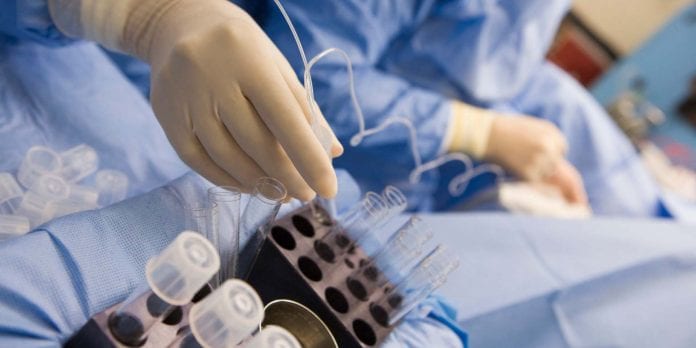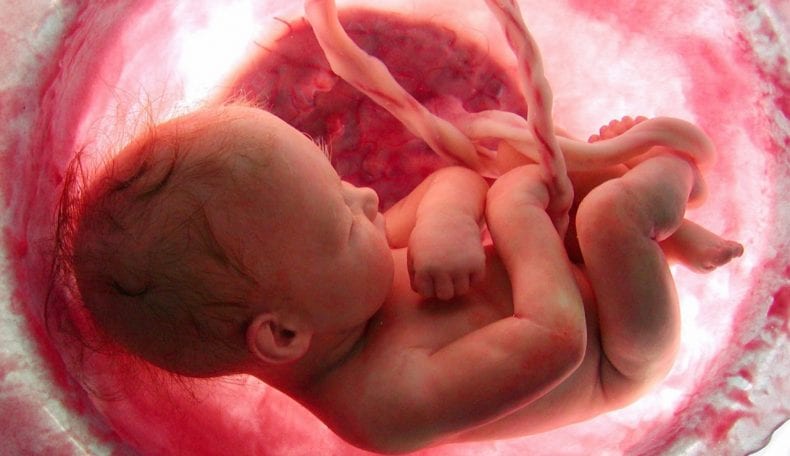During the IVF process, the specialist will examine the level of your hormones, as well as your ovaries, to see whether they are producing any eggs or not. A lot of women take hormones during the initial stage of their treatment, in order to increase egg production – and therefore, improve the chances of conception. Visit ivfauthority.com for more IVF process information.
Most of the time, you may receive GnRH analogs, clomiphene, menotropins, highly purified FSH, urofollitropin, or recombinant human FSH to achieve controlled hyperstimulation of the ovaries. The medicine prescribed will depend on your diagnosis for not being able to conceive (age, genetics, etc.), which is why you might want to pay close attention to what your doctor is telling you.

Induction of ovulation may also be done by using hCG – a hormone that mimics the effect of a normal menstrual cycle’s LH surge. Once the drug is administered, ovulation will be given a kickstart, allowing you to relatively control your cycle. Most of this initial treatment involves a dose of hormones – so bear in mind that you might be experiencing symptoms associated with PMS (Pre-Menstrual Syndrome).
The next stop would be the retrieval of the egg. This is done through transvaginal aspiration, a process where a thin needle is passed through the upper walls.
After that, the fluid is taken out from the follicle that has been identified by the ultrasound – immediately isolating the egg. If your doctor cannot reach the ovaries with a transvaginal ultrasound, they may create an incision near your navel – and then use a small viewing instrument for guiding the needle.
During this process of egg retrieval, you may be given medicine for pain or any kind of discomfort. Once the egg has been retrieved, it will be placed inside a culture dish containing nutritive liquids, and then it will be transferred inside an incubator.

After this, the egg will be fertilized using your partner’s sperm or that of a sperm donor. If your partner is the one with fertility issues, the doctors will be able to identify the most active sperm – which they will inject directly to the egg. This is done for every egg and will all be introduced inside an incubator to produce an embryo.
During the last stage of the IVF process, the doctor will examine the embryos and select the healthiest one to transfer in the uterus. For this to happen, the embryo will go through a catheter directed into your uterine cavity.
Every invasive medical procedure carries its own risks – and IVF is no exception. Before deciding on approaching IVF, you have to consider the following:
- Miscarriage: A woman that undergoes IVF medical treatment will have the same risk of a miscarriage as someone who tries to conceive naturally. Birth defects can also occur, but the chances are not higher in an IVF-treated person than in a naturally-occurring pregnancy. This is slightly increased by the fact that frozen embryos are used during the treatment, putting the embryo at risk.
- Ectopic Pregnancy: Women undergoing in vitro fertilization have a 2-5% chance of going through an ectopic pregnancy. In this case, the embryo will implant outside your uterus (most of the time in the fallopian tube), preventing the pregnancy from fully forming.
- Ovarian Hyper Stimulation: By using IVF to induce your ovulation, you might be put at risk for ovarian hyperstimulation. This might cause your ovaries to swell – and also hurt. A severe case, on the other hand, is quite a rare occurrence.
- Complications during Retrieval: During the process of retrieving the egg, there is also a risk for complications. Common complications are infections, bleeding, or damage to your bowels. Your doctor should be able to keep a close eye on you so that these circumstances are prevented.
- Multiple Births: If you choose to have more than one egg implanted inside your uterus, you may increase your chance of multiple births. This can lead to early labor, preventing the babies from fully forming, along with lower birth weight.
source: religiaislamica.ro










